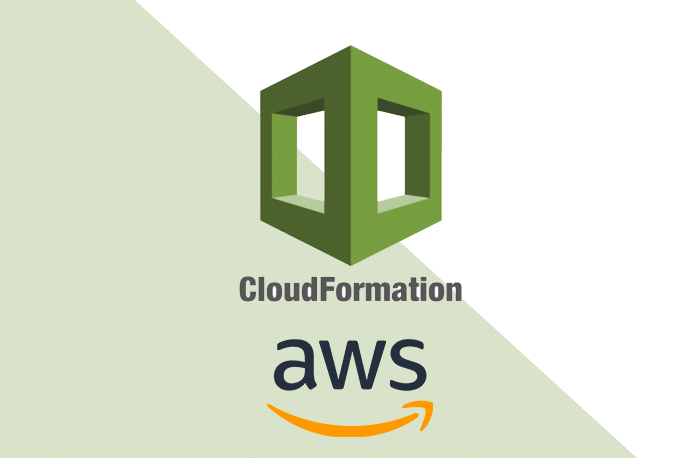Blog > AWS CloudFormation for Business

Without AWS CloudFormation, an organization may manage its infrastructure using run books and scripts to create and manage everything. In this way, version controlling and keeping track of changes can be challenging. Things get even more problematic when they need to replicate the entire production stack multiple times for development and testing purposes or every other purpose. But, provisioning an infrastructure stack directly from a collection of the script isn’t simple.
Wouldn’t it be great if your cloud creates and manage your infrastructure and application stack in a controlled and predictable way with exact consistency?
What is CloudFormation?
AWS CloudFormation is assistance that encourages you to model and set up your Amazon web administration assets. Thus, they need to invest less energy in dealing with those assets and possess more power for zeroing in on your applications that run in AWS.
Introducing AWS Cloud Formation
CloudFormation provisions and manages stacks of AWS resources based on templates. An organization can create and model infrastructure architecture using AWS CloudFormation. This architecture allows you to handle anything from a single Amazon ec2 instance to a complex multi-tier, multi-region application. CloudFormation can be used to define simple things like an Amazon VPC subnet as well as provisioning services such as AWS opsworks or AWS Elastic Beanstalk. It’s easy to get started with cloud formation.
Simply, a JSON file will be a blueprint to define the configuration of all the AWS resources that make up the business infrastructure. You can select a template that CloudFormation provides for commonly used architectures such as a lamp stack running on Amazon ec2 and Amazon RDS. Then just need to upload your template. CloudFormation will provision and configure your AWS resources stack. It allows updating the stack at any time by uploading a modified template through the AWS management console, command line, or SDK. CloudFormation also allows keeping track of all changes made by infrastructure and application stack. Moreover, the CloudFormation version of the control infrastructure architecture is the same way as working with software code.
Template:
A template is an AWS cloud arrangement designed in JSON or YAML language that narrates your AWS infrastructure. These templates comprise nine principal objects:
1. Format Version
2. Description
3. Metadata
4. Parameters
5. Mappings
6. Conditions
7. Transform
8. Resources
9. Outputs
Provisioning Infrastructure is as simple as creating and uploading a template to CoudFormation this makes replicating a business infrastructure very simple. A business with AWS can easily and quickly spin up a replica of a production stack for development and testing with a few clicks in the AWS management console. An organization can tear down and rebuild the replicas stacks whenever requested.
Replicating a production stack cloud has been time-consuming and error-prone if you did it manually. However, with cloud development, you can make and oversee AWS asset stacks rapidly and dependably, and there is no extra charge for cloud formation. So, an organization just needs to pay only for AWS resources that cloud formation creates and your application uses.
Stack:
- An assortment of AWS assets is known as a stack, and it can oversee a single unit very well.
- CloudFormation’s template characterizes a stack wherein the assets can be created, deleted, or updated predictably.
- The stack consists of all the website resources (Web server, database, etc.) that can be required to run a web application.
Window Stack
- Window stack gives you the ability to update and configure your stack in Windows instances
- With AWS CloudFormation, you can create Microsoft Windows, Stack for Amazon EC2’s Windows AMI (Amazon Machine Image)
CloudFormation access control
IAM Users Access
With IAM, Cloud Formation can have access control for users and ensure that only IAM users can create, update, and delete stacks.
Author: SVCIT Editorial
Copyright Silicon Valley Cloud IT, LLC.